Currently banana is grown on an area of 300,000 ha in China, with Guangdong province topping the list with about 120,000 ha. China’s banana industry is built on the Cavendish variety which, occupies more than 90% of planted area. The Giant Cavendish clone ‘Baxi’ is the most popular variety, occupying more than 70% of Cavendish in China.
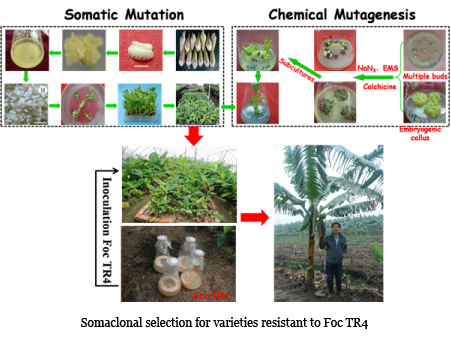
One major obstacle which is a threat to the sustainability of the industry is the prevalence of the banana wilt disease also known as Fusarium wilt. Almost all cultivated Cavendish clones are sensitive to Foc TR4, including ‘Baxi’. Almost all production areas have reported the outbreaks of such disease.
Fusarium wilt (or Panama disease), caused by the soil-borne fungus Fusarium oxysporum f. sp. cubense (Foc), is considered as one of the economically devastating plant diseases in the world, affecting many banana growing countries especially in Asia.
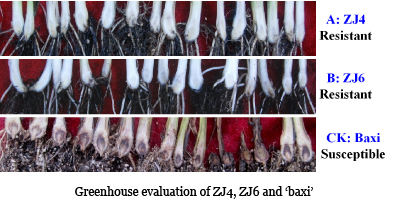
Efforts have been stepped up by the Guangdong Academy of Agricultural Sciences, specifically at the Fruit Tree Research Institute at Guangzhou to contain, mitigate and prevent spread of the disease.
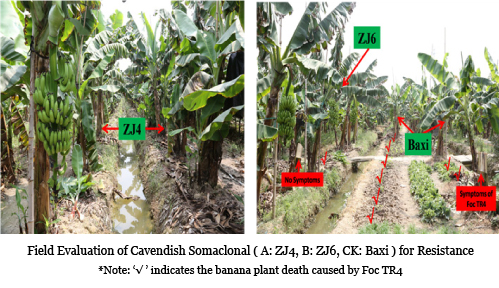
The ongoing overall banana research programme embarked by Guangdong Academy of Agricultural Sciences (GDAAS) focuses on large-scale evaluation of Musa germplasm resource for all aspects of valuable traits, discovery and understanding the genetic base of host-pathogen interactions, integration of breeding technologies (cross, mutagenesis, transgenics etc.) for enhancing resistance to Fusarium wilt and cold tolerance, appropriate cultural practices as complementary measures, improving nutritional properties and quality to benefit human health and enhancing banana utilization.
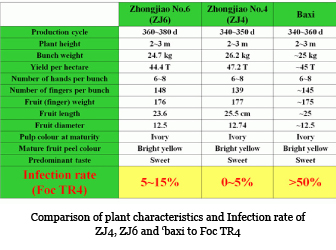
In developing resistant varieties to Foc TR4, selection was conducted from somaclonal variants from various micro-propagated populations which went through somatic mutation and chemical mutagenesis.
As a result, two new Cavendish varieties (‘ZJ4’ and ‘ZJ6’) selected from somaclonal variants with high resistant to Foc TR4, were officially released and have been planted in more than 20,000 hectares in China .
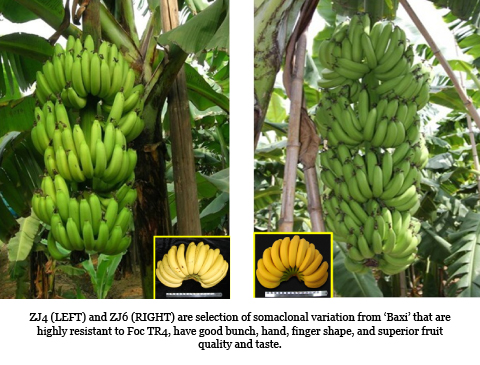
ZJ 6 is 98% tolerate to Foc TR4 and Baxi is 45% tolerate to Foc TR4 in two infected fields during 2 years test. Compared with Baxi, ZJ6 has similar yields and quality except for a greener fruit colour.
____________________________________
This article is based on a presentation by Yi Ganjun, Vice President, Guangdong Academy of Agricultural Sciences, P.R. China, during the Symposium on Developing Research to Enhance Market Demand and Profitability of Tropical Fruits organized by TFNet on 14 August 2014 in Putrajaya, Malaysia.
